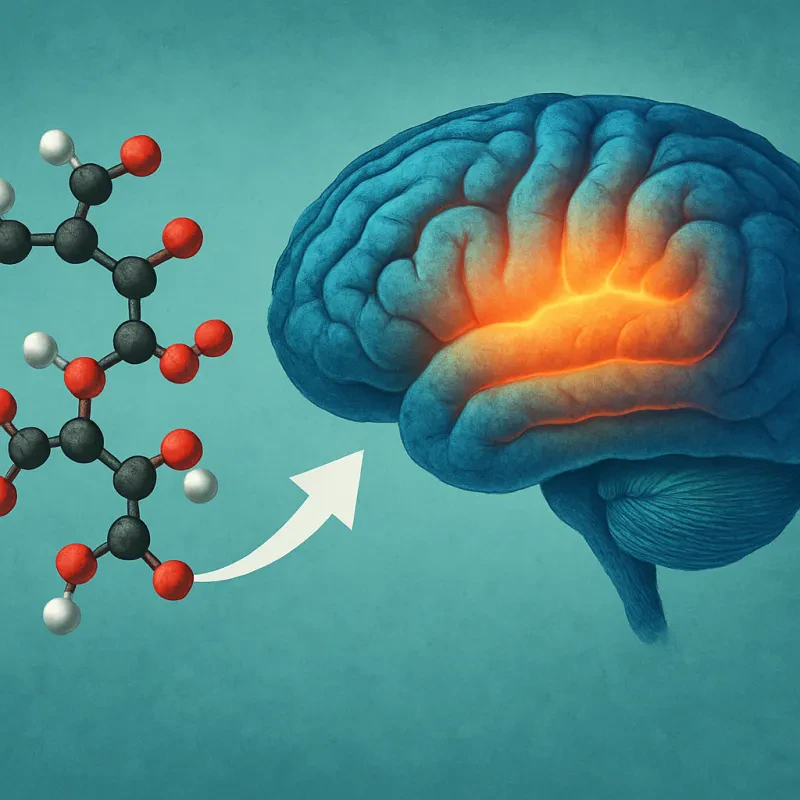One of the coolest things about pea protein is that it's a complete protein. This means it contains all the essential amino acids your body needs to function at its best. Whether you’re hitting the gym, going for a run, or just trying to keep up with a busy life, adding more plant protein can give you that extra boost. Plus, it’s gentle on your stomach, which makes it a great choice for those who may experience discomfort with dairy or meat proteins.
And here’s a bonus: plant protein helps maintain a healthy weight as part of a healthy diet and exercise program. It digests slowly, making you feel fuller for longer. That means fewer cravings and better control over your snacks! You can easily mix some pea protein into smoothies, oatmeal, or even baked goods. It’s an easy way to enhance your meals without much effort.
If you’re considering shifting to more plant-based options, incorporating pea protein and other plant proteins can be a fun and rewarding journey. You get to experiment with flavors and find out what works best for you—all while knowing you’re nourishing your body in a positive way!
Benefits of Plant Protein for You
Plant protein is not just a trendy topic; it's packed with benefits that can enhance your overall health. One standout option is pea protein, which is not only rich in protein but also full of essential nutrients. Incorporating plant protein into your diet can support various bodily functions, making it vital for building and maintaining cardiovascular, pulmonary, neurological, muscular, ocular, intestinal, hepatic, and many other tissues.
Another great perk of plant protein is its ability to help maintain a healthy weight. When combined with a balanced diet and regular exercise, plant-based proteins like those found in peas can keep you feeling full longer. That means fewer cravings and a greater chance of sticking to your health goals!
Plus, plant proteins are generally easier to digest than animal proteins, which can be a game-changer for those with sensitive stomachs. They also tend to be lower in fat and calories, making them an excellent choice for anyone looking to eat healthier without sacrificing flavor or satisfaction.
Incorporating more plant protein into your meals is simple. Think smoothies with pea protein powder, hearty soups filled with beans, or a delicious grain bowl topped with chickpeas. These options not only taste great but also ensure you're getting a variety of nutrients that your body craves.
Easy Ways to Add Plant Protein
Looking to boost your plant protein intake? It's easier than you might think! Getting enough protein from plant sources is not only tasty but also essential for your health. Here are some simple ways to add more plant protein to your meals and snacks.
First up, consider incorporating more legumes into your diet. Beans, lentils, and chickpeas are all packed with plant protein. You can throw them into salads, soups, or even make delicious hummus. A single serving can give your body a healthy dose of protein while being vital for building and maintaining cardiovascular, pulmonary, neurological, muscular, ocular, intestinal, hepatic, and many other tissues.
Don’t forget about nuts and seeds! These little powerhouses are not only a great source of plant protein but are also rich in healthy fats. A handful of almonds or a sprinkle of chia seeds on your yogurt can turn an ordinary snack into a nutrient-packed treat. Plus, they help maintain a healthy weight as part of a healthy diet and exercise program.
If you're looking for a protein boost in your smoothies, pea protein is a fantastic option. It's easily digestible and blends well with fruits and veggies, making it perfect for a post-workout shake. You won’t even notice it’s there, but your body will definitely appreciate the extra protein.
Finally, try switching up your grains! Instead of white rice or pasta, opt for quinoa, farro, or even edamame noodles. These options are not just delicious but also contribute protein to your meals. With just a few tweaks, you can power up your plates with plant protein and enjoy the health benefits that come along with it!
Choosing the Right Plant Protein Source
Pea protein is a top choice for many. It’s made from yellow split peas and provides all nine essential amino acids, making it a complete protein. It’s also gentle on the stomach, which is a huge plus if you have any digestive concerns. Plus, it’s vital for building and maintaining cardiovascular, pulmonary, neurological, muscular, ocular, intestinal, hepatic, and many other tissues. So, if you’re looking to boost your protein intake without any animal products, pea protein is a winner!
Another great option is soy protein. It’s rich in essential amino acids and may offer heart health benefits. However, if you have a soy allergy or are looking to avoid soy for other reasons, that’s when alternatives like brown rice or hemp protein come in handy. Brown rice protein blends well with other protein sources and is gluten-free, making it a good fit for various diets. On the other hand, hemp protein is packed with omega-3 and omega-6 fatty acids, giving you extra nutritional benefits while still fitting into your plant protein goals.
Choosing the right plant protein source can also help maintain a healthy weight as part of a healthy diet and exercise program. Keeping your protein intake balanced is key to feeling satisfied and energized. So, consider your personal preferences, any dietary restrictions, and what your body needs when picking your protein source. With the variety available, you’re sure to find the perfect fit for you.


